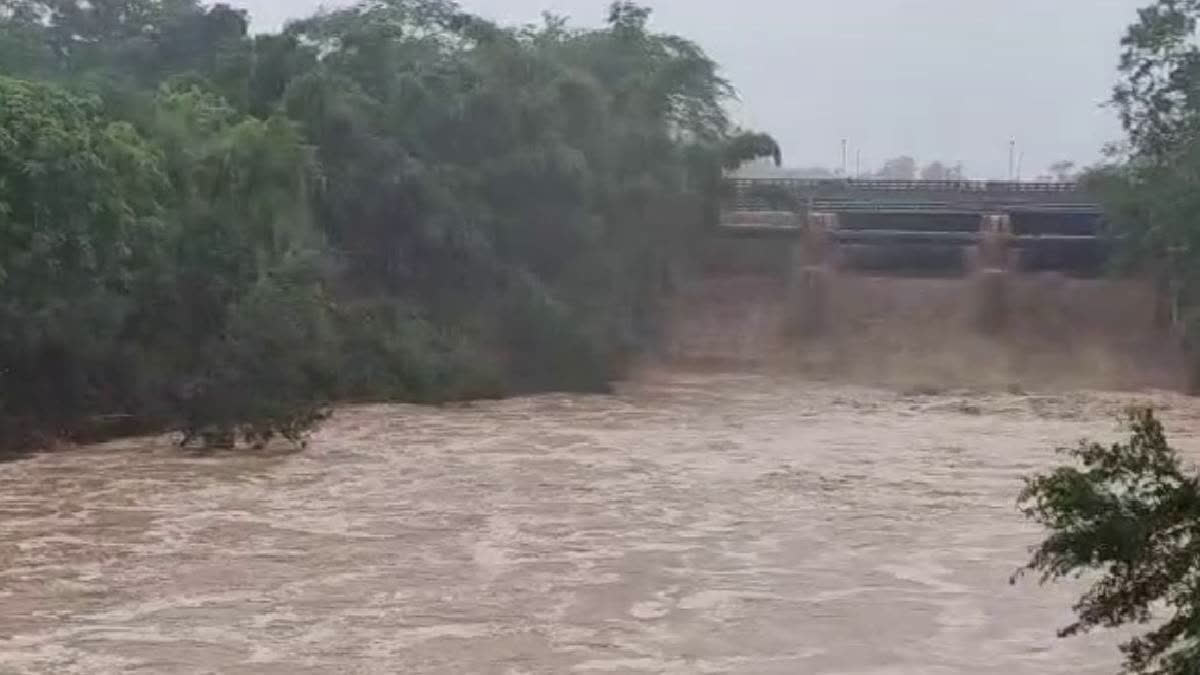New Delhi: The India Meteorological Department (IMD) on Wednesday issued an 'orange' alert, warning of heavy rainfall in parts of Kerala's ecologically fragile Wayanad district, where landslides triggered by heavy rain killed over 230 people on July 30.
The weather department predicted heavy rainfall (7 cm to 11 cm in 24 hours) to very heavy rainfall (12 cm to 20 cm in 24 hours) in one or two places in Ernakulam, Thrissur, and Kannur on Wednesday, and in Kozhikode and Wayanad on Thursday.
A 'red' alert was issued for Lakshadweep, warning of extremely heavy rainfall (more than 20 cm in 24 hours) at isolated places on Wednesday. A global team of scientists said on Wednesday that the deadly landslides in Wayanad were triggered by an intense burst of rainfall, made 10 per cent heavier by climate change.
The team, consisting of 24 researchers from India, Sweden, the US, and the UK, said that over 140 mm of rainfall fell in a single day on soils already saturated by two months of monsoon precipitation, triggering catastrophic landslides and floods.
Other researchers have also linked the Wayanad landslides to a combination of factors, including forest cover loss, mining in fragile terrain, and prolonged monsoon rains followed by heavy precipitation.
The Kerala government had earlier claimed that the IMD failed to predict the extreme rainfall that triggered the landslides in Wayanad on July 30. However, IMD chief Mrutyunjay Mohapatra said the weather department regularly issued forecasts for significant rainfall activity along the west coast of India and had issued a red alert for Kerala early in the morning on July 30.
"The long-range forecast issued on July 25 indicated good rainfall activity along the west coast and in central parts of the country from July 25 to August 1. We issued a yellow warning on July 25, which continued until July 29, when we upgraded it to an orange warning. A red warning was issued in the early morning of July 30, indicating that very heavy rainfall, up to 20 cm, was expected," Mohapatra had said.
The IMD chief had also said that an orange warning means "be prepared for action and one should not wait for red warnings".
Read More



